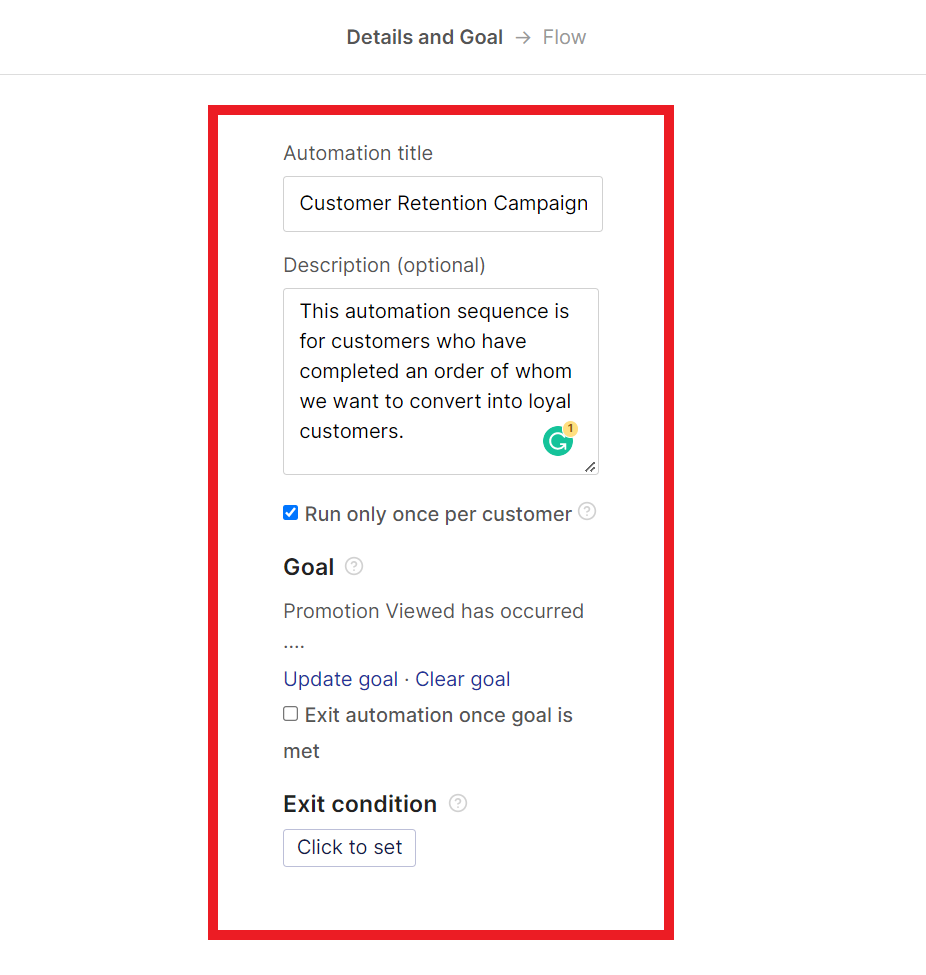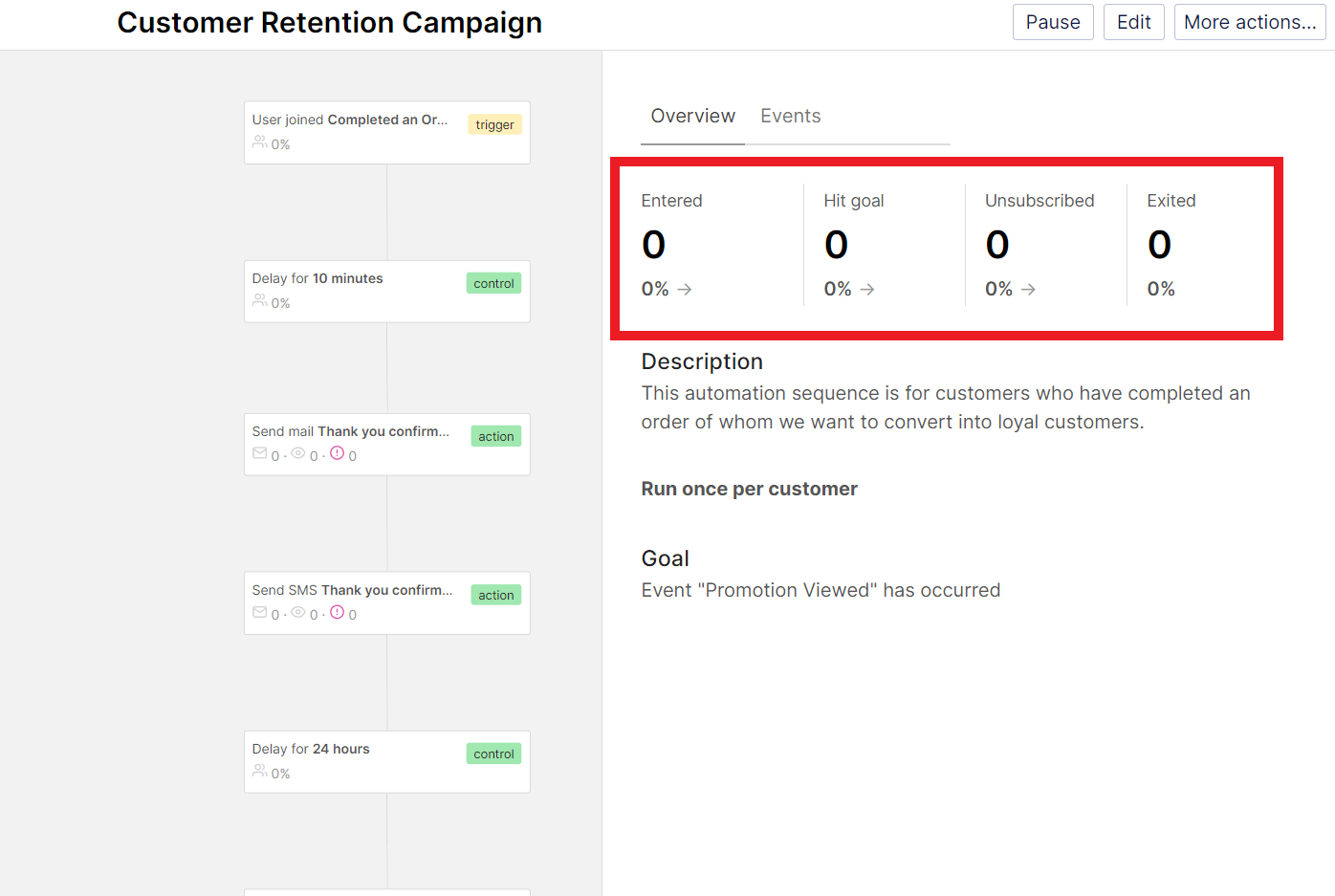How to Handle Customer Churn with Personalised Messaging
In this article, we will discuss how businesses can use personalized messaging to reduce customer churn and improve customer loyalty.

Building a business is tasking work. Imagine building a great new business, and you get paying customers the first month. Everything is going well, and then all of a sudden, in your second month, 50% of your newly acquired customers leave your business. Has this happened to you before? Then that was Customer Churn.
In this article, you will learn:
- What is Customer Churn?
- 7 Major Causes of Customer Churn
- 5 Consequences of Customer Churn on Businesses.
- 4 Ways To Manage Customer Churn with Personalised Messaging.
- How Engage Can Help You Reduce Customer Churn with Personalised Messaging.
What is Customer Churn?
Customer Churn is a metric that measures the number or percentage of customers who leave a business during a given period of time. Customer churn is essential to track because retaining customers is typically less expensive than acquiring new ones and because it directly impacts revenue and profits.
Companies aim to reduce customer churn in order to retain as many customers as possible and minimize the cost of acquiring new customers. The calculation of the customer churn rate involves dividing the number of lost customers by the total number of customers at the beginning of a period - it is mainly expressed as a percentage.
Customer Churn is different from Customer Turnover: While customer churn and turnover are related concepts, they are not the same thing. Customer turnover refers to the total number of customers who have ended their relationship with a business over a given period, while customer churn refers specifically to the percentage of customers who have left.
Customer Churn is a critical metric for businesses to monitor and understand, and by taking steps to reduce customer churn and retain as many customers as possible, companies can improve their financial performance, strengthen their brand, and build a more loyal customer base.
7 Major Causes of Customer Churn
Many factors can contribute to customer churn, and different businesses may experience different causes depending on their industry, customer base, and other factors. Some of the most common causes of customer churn include:
- Poor Customer Success Team: Your customers are likely to leave if they feel that their needs are not being met or that they are not being treated well by the business. This can include long wait times, unhelpful support staff, or a lack of response to customer complaints.
- High prices: Your customers may choose to leave your business if they feel that the products or services are too expensive, especially if there are lower-priced alternatives available.
- Lack of innovation: Customers may become dissatisfied if your business does not continue to evolve and innovate, and may choose to leave if they feel that the products or services have become outdated or irrelevant.
- Better alternatives: Your customers may choose to leave if they discover a competitor that offers better products, services, or prices.
- Changes in personal circumstances: These customers may leave your services if they experience a change in their circumstances, such as a move to a new location, a change in income, or a shift in their needs or preferences. The best way to know what is lacking is by communicating as often as possible.
- Poor product or service quality: If your customers are dissatisfied with the quality of the products or services being offered, they're likely going to leave. This includes issues such as defects, breakdowns, or unmet expectations.
- Lack of communication: Customers may feel neglected or unvalued if your business does not communicate with them regularly or provide updates on new products or services.
It's important to note that the causes of customer churn can vary based on the specific business and industry and that businesses should conduct their research and analysis to understand the specific drivers of customer churn in their particular context. By identifying the key causes of customer churn in your business, you can take steps to address them and reduce the likelihood of future customer losses.
5 Consequences of Customer Churn on Businesses
Customer churn has several significant impacts on businesses, including:
- Financial impact: The loss of customers can result in a decline in revenue and increased costs associated with acquiring new customers to replace those who have left. These costs can include marketing expenses, sales efforts, and product development, among others.
- Reputation damage: High levels of customer churn can damage your business's reputation, as customers may spread negative word of mouth about their experiences. This can harm the business's brand image and make it more challenging to attract new customers.
- Loss of customer data: When customers leave, they take with them valuable data about their preferences, habits, and buying behavior. Your business can use this information to inform its marketing and product development efforts, and its loss can impact the company's ability to innovate and compete.
- Decreased customer loyalty: Customer churn can erode customer loyalty, as customers may feel that their needs and preferences are not being met by the business. This can result in a cycle of customer attrition, as current customers leave and are replaced by new customers who are also more likely to leave in the future.
- Increased operational costs: The cost of acquiring new customers is often higher than the cost of retaining existing ones, and high customer churn levels can significantly increase operational expenses. This can negatively impact the business's profitability and overall financial performance.
In summary, customer churn can have a significant impact on a business's financial performance, reputation, and ability to innovate and compete. By taking steps to reduce customer churn and retain as many customers as possible, companies can improve their long-term growth prospects and overall success.
4 Ways You Can Manage Customer Churn With Personalised Messaging
Churn analysis helps businesses to understand the reasons for customer attrition and identify areas for improvement, which they use to develop strategies to retain current customers and attract new ones, ultimately contributing to long-term growth and success.
Predicting and managing customer churn involves data analysis, customer feedback, and proactive retention efforts. Using personalized messaging, here are some steps that businesses can take to manage customer churn:
- Effective Customer Success Team: If you're looking to reduce the rate at which your customers churn, you should ensure you have a customer success team ready to take on the new customers. Their job is to have the necessary conversations with your new customers and ask them the right questions to help them succeed.
Your customer success team can use Engage to launch an onboarding campaign targeted at new customers by sending personalized messages via email, SMS, push & in-app notifications, and live chat. - Collect and analyze your customer data: One of the many ways you can send your customers the right messages is by collecting and analyzing the data provided. By collecting and analyzing data on customer behavior, transactions, and feedback, your businesses can gain insights into which customers are at risk of leaving and why.
With Engage, you can create unique customer segments based on your customer data. For example, you can create a segment of customers who have made a payment, created an account, etc. That way, you can ensure that you are sending the right messages to the right customer at the right time - Implement retention strategies: Once you identify the cause of customer churn for your business, you can implement strategies to retain at-risk customers and reduce the likelihood of future customer losses. These can include offering incentives such as discounts and special promotions, launching loyalty programs, improving customer service, or making changes to your product or services.
- Monitor and measure results: To make the necessary adjustments and reduce customer churn, it is essential to regularly monitor and measure the results of your customer retention efforts. You can do this by tracking changes in customer churn rate, customer satisfaction, and other relevant metrics. To find out where your customers are in their journey to stop them from churning, you must communicate with them, decipher their level of satisfaction with your product, and respond in kind by meeting their needs.
By taking a data-driven and proactive approach to customer churn management, businesses can reduce the likelihood of customer losses, improve customer satisfaction, and ultimately improve their long-term financial performance.
How Engage Can Help You Reduce Customer Churn With Personalized Messaging
Engage is a powerful customer engagement platform. We provide you with the tools you can use to send personalized messages to your customers and turn them into loyal fans of your brand or product.
Here are a few ways you can use Engage to reduce customer churn:
- You can create unique customer segments based on your customer data. For example, you can create a segment of at-risk customers who are likely to churn, customers who have made a payment, etc.

2. You can create personalized messaging campaigns that can help to improve customer retention and reduce customer churn. For example, you can create and launch an onboarding, retention, or reactivation campaign via email, SMS, push & in-app messaging.

3. You can monitor the results from your campaigns and use this to make data-led decisions that will help to reduce your customer churn.

Get Started For Free
